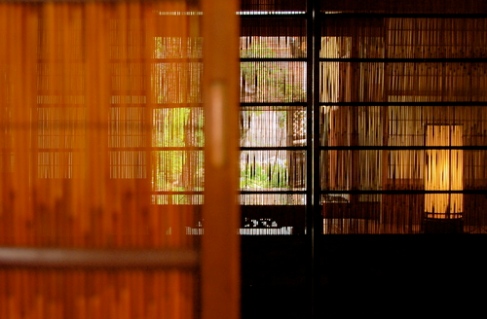The technique of dyeing has been handed down for more than 1000 years, but yuzen-style resist dyeing is said to have been established by Yuzensai Miyazaki (active between 1688-1703), who was well known in Kyoto for his artwork on folding fans.
Silk-weaving families can be traced to the 15th century in the famous Nishijin weaving center of Kyoto, where elegant fabrics worn by the Emperor and the aristocracy were produced. In the 17th century, designs on textiles were applied using stencils and rice paste, in the yuzen or paste-resist method of dyeing.






You must be logged in to post a comment.